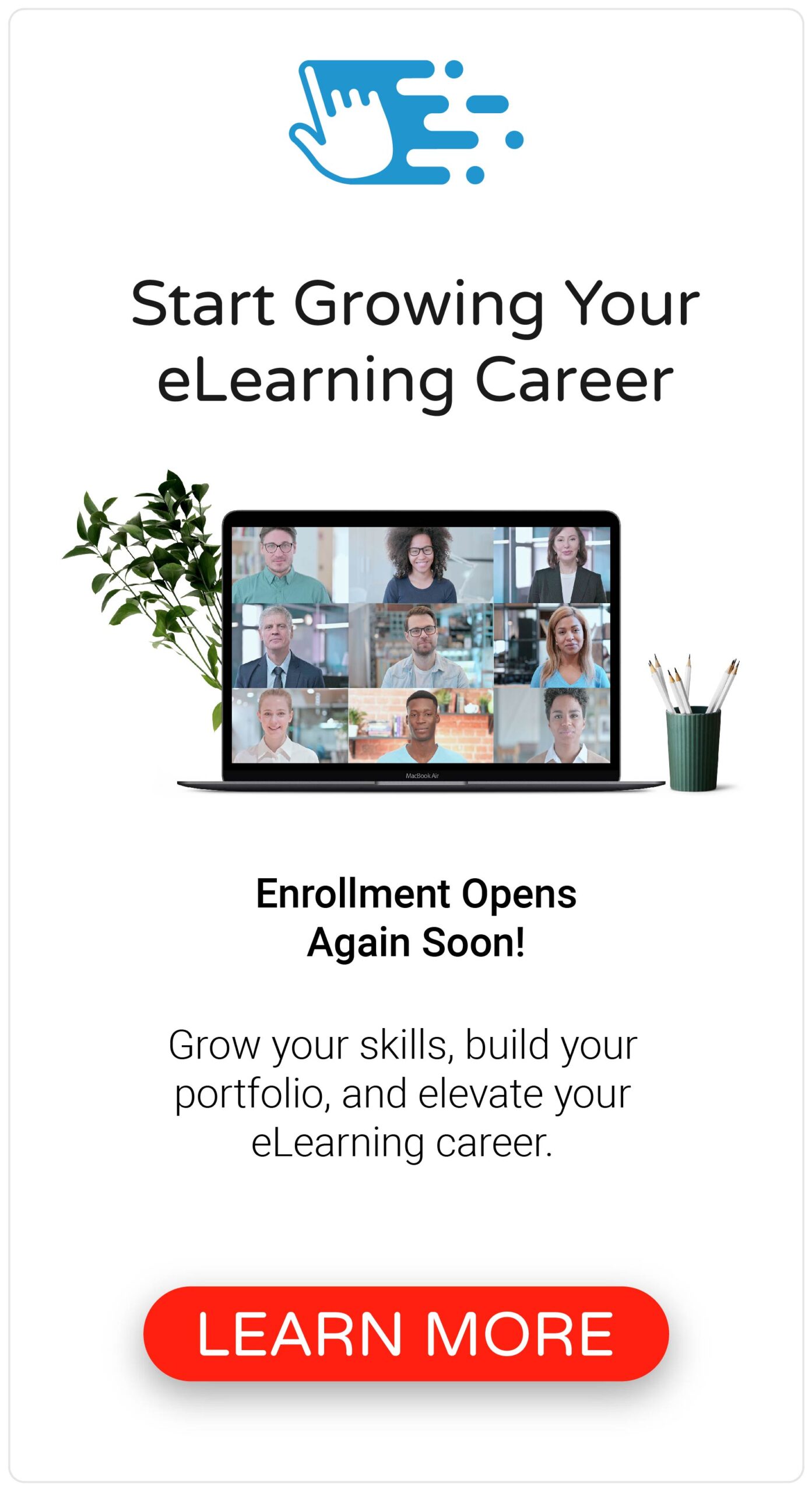If you’ve been working in the world of learning, instructional design, teaching, or eLearning for any amount of time, you’ve likely heard about the concept of “learning styles.” And for years, this theory has been relied upon as a guide for designing effective learning content.
If you’re aren’t familiar with the concept of learning styles, the idea is that you should tailor the delivery of your learning content to your learners’ preferred learning style. The theory suggests that there are four primary learning styles…
- Visual Learners prefer to learn through visual demonstrations.
- Auditory Learners prefer to learn through the spoken word.
- Reading / Writing Learners prefer to learn through text.
- Kinesthetic Learners prefer to learn through hands-on experiences.
What's the Problem with Learning Styles?
So, while it might make sense to say you’re a “visual learner” or a “kinesthetic learner,” the research doesn’t really back this up. In fact, according to a 2014 study by the American Psychological Association, they found little correlation between learning retention and the learner’s preferred method of delivery. In other words, it would be like claiming someone is an “auditory learner” because they like listening to music or a “visual learner” because they enjoy watching movies.
According to a 2014 study by the American Psychological Association, they found little correlation between learning retention and the learner’s preferred method of delivery.
And besides the research, attempting to tailor the delivery of your learning content to your learner’s preferred learning style is a fool’s errand. It’s neither scalable nor practical to create a unique learning experience for every single one of your learners. It would not only mean identifying the preferred learning style of each of your learners, but also creating four different versions of your training content. That just sounds unrealistic.
What Should You Do Instead?
So, if the concept of learning styles isn’t something we should be following (it’s not!), what should we be doing instead? Well, I believe the best approach is to let the content and the complexity of the task or skill being taught drive the method of instruction.
Rather than using learning styles, the best approach is to let the content and the complexity of the task or skill being taught drive the method of instruction.
For example, if something is best learned by watching a visual demonstration, followed by a hands-on learning experience, then you should create a visual demonstration and a hands-on learning experience.
It’s really that simple. What we don’t need to do is assign blank assumptions onto our learners based on arbitrary ideas.
The Bottom Line
The concept of learning styles is not real, so stop using them as a guide to design your learning content. Instead, take a look at the skills you’re teaching and determine the best way(s) to help learners master those skills.
What other tips do you have for designing effective learning content without following the concept of learning styles? Share your tips by commenting below!








Tim,
This post is very interesting, and I agree with your statement. I am currently a teacher and studying to get into Instructional Design. One of my classes is about Learning Theories. When we begin individualizing training or lessons to each learning style, we look into Blending Learning. We can set up stations or activities that cater to each learning style. When I have created videos for my students, I notice that some students are both auditory and visual, while those that are visual don’t turn the volume on. What is your take on Blended Learning?
Tim,
I appreciate the research you provided on learning strategies. Like Mondae, I am currently a teacher studying instructional design and have been learning more about learning theories. Your statement on allowing “content and the complexity of the task or skill being taught drive the method of instruction” reminded me of Vygotsky’s Zone of Proximal Development Theory. Providing a task that is challenging, while scaffolding the students learning using multiple methods of teaching, will maximize the student’s ability to learn a particular concept.
With learning styles not backed by research, I am curious to know, instead, your view on utilizing learning theories to cater to student learning. Of the five major learning theories, Behaviorism, Cognitive, Constructivism, Humanism, and Connectivism, do you think there is a particular learning theory that is most beneficial to use as a foundation for developing instructional design?